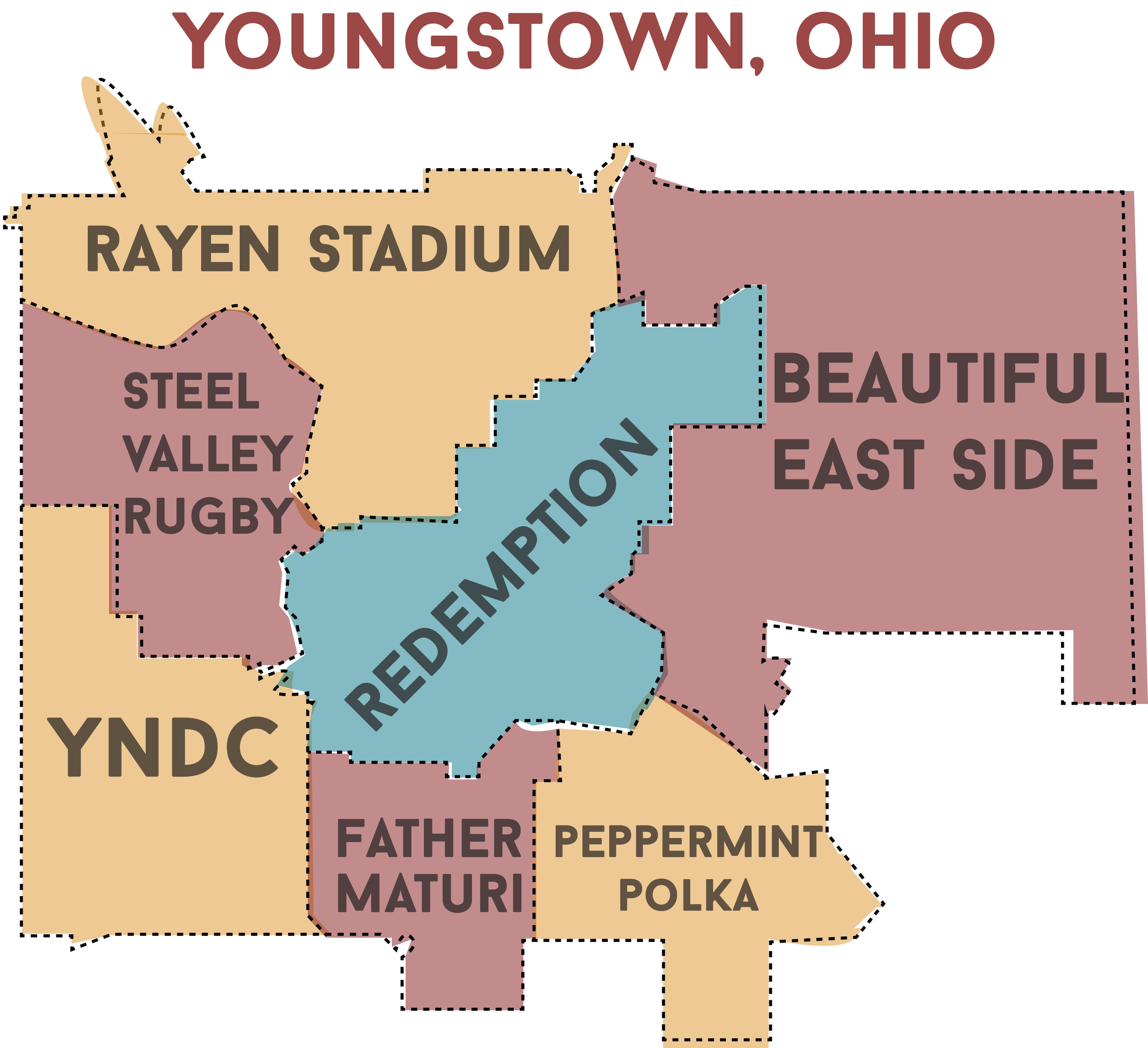Feel free to click through the slide that features the seven articles of the seven wards of Youngstown.
[supsystic-slider id=3 ]
We’ve decided to try telling stories that take place across the entire city.
The average student at Youngstown State University regularly drives to campus and maybe goes downtown on the weekend, and that may be the extent of their Youngstown experience. Some students don’t leave the university nest.
We do the same thing in our coverage. We’re a university paper, so we focus on university issues. Sometimes we make it downtown, but we rarely stray further than that.
In this issue, we’re telling seven stories, one from each of Youngstown’s seven wards. Youngstown is divided into wards for management purposes based on population. Each ward gets its own councilman, and the councilman represents the needs of their constituents.
Keep in mind that this is not a definitive portrait of Youngstown. It’s a brief snapshot of a changing city. The seven stories we chose are not necessarily the seven most important things happening in the seven wards. They may not be the most deserving; they may not be the most dramatic. But these are the stories that caught our attention, and these are the stories we’re excited to share.
We wanted to examine the city’s past, its current situation and it’s future. Did you know there’s an old polka recording studio in the 7th Ward? The 6th Ward is home to a crime-fighting priest. Have you dared to venture into the 2nd Ward? You should, it might surprise you.
The Youngstown Neighborhood Development Corporation — located in the 5th Ward — transformed a block for a day to paint a picture of one neighborhood’s potential future. In the 3rd Ward, a historic field was rescued from disrepair while rugby players in the 4th Ward prepare to save a field of their own. One woman — a four-year resident of the 1st Ward’s prison — is on a journey to take control of her life and re-enter society.
Youngstown isn’t in its prime. Just as there are problems to be fixed in every ward, there are also victories to be celebrated citywide. City workers, organization volunteers and private citizens are pushing back against the creep of blight.
What we’re trying to accomplish with this edition is to draw the population’s eye outward, so that they can view the entire city for what it is, one that’s working off the clock to redeem its name.
The editorial board that writes editorials consists of the editor-in-chief, the managing editor, the copy editor, and the news editor. These opinion pieces are written separately from news articles. They draw on the opinions of the entire writing staff and do not reflect the opinions of any individual staff member. The Jambar’s business manager and non-writing staff do not contribute to editorials, and the advisor does not have final approval


